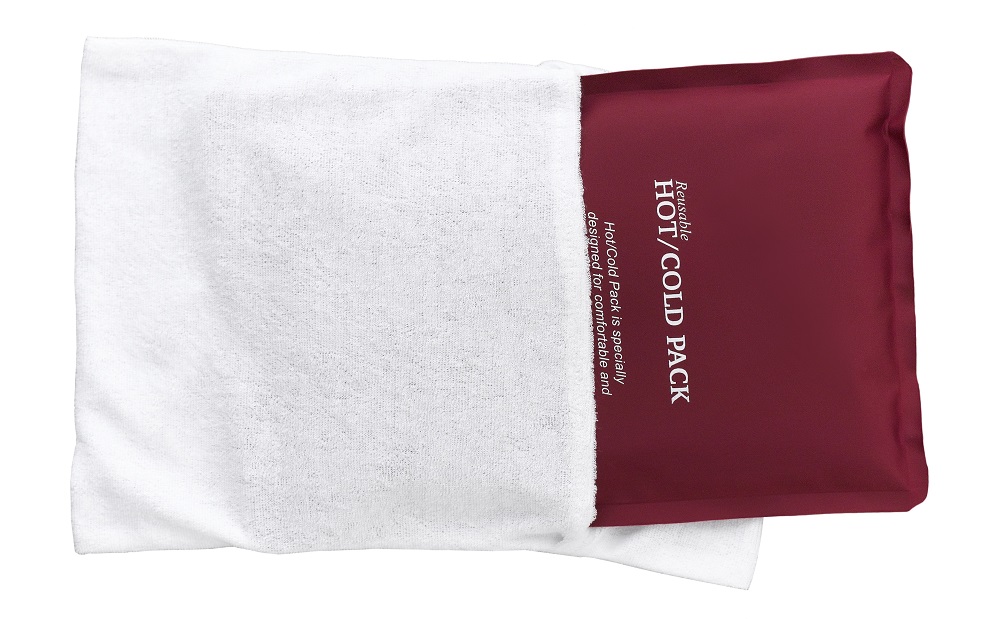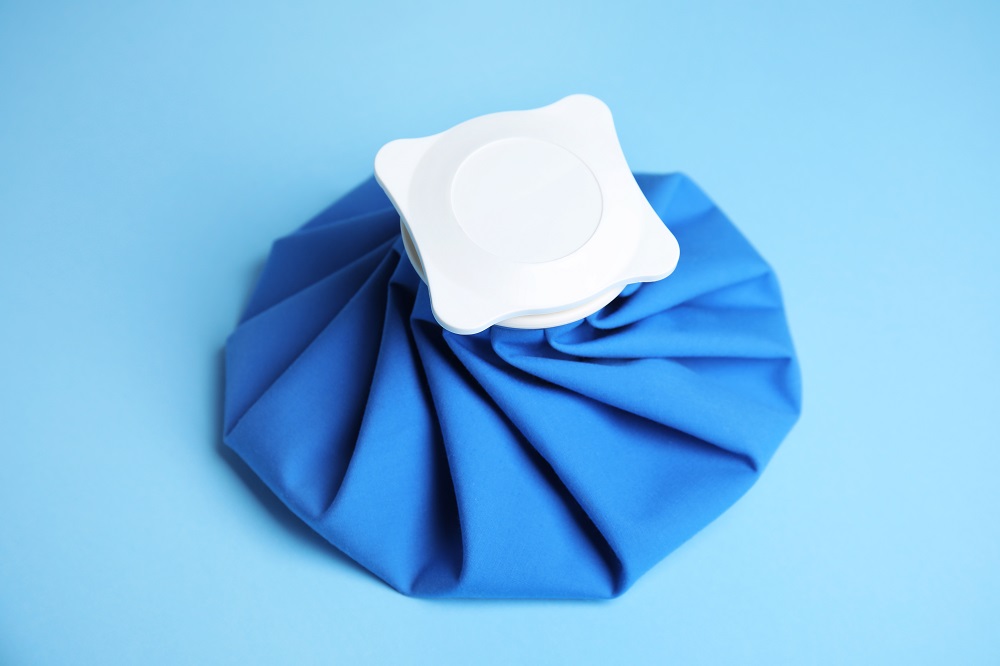A warm compress is used for eye irritation such as dry eyes and Meibomian Gland Dysfunction caused by blockages in the tear glands. A cold compress is used for eye irritation that has resulted in puffiness, redness, and inflammation inside or around the eyes including bloodshot eyes and pink eye.
Causes of Eye Irritation
A common cause of eye irritation is allergens. Allergens can cause the body to produce histamine which causes itching, redness, and tears in the eyes.
Exposure to digital screens can also cause eye irritation. For some people, the irritation due to frequent exposure to screens manifests through bloodshot eyes or the redness of the sclera – the white part of the eyes. On certain occasions, the eyes can even appear enlarged due to mild inflammation.
Dry eyes are also another type of eye irritation due to various factors such as allergy, pollution, or poor tear film quality. Dry eyes occur when there is little fluid to lubricate the eyes.
More serious eye disorders include blepharitis and Meibomian Gland Dysfunction. Blepharitis is the inflammation of the eyelids due to the blockage in the follicles. Meibomian Gland Dysfunction occurs due to the lack of liquid to lubricate the eyes due to dry eyes.
Usually, a person can alleviate the symptoms of these eye conditions by rinsing the eyes with either cold or warm water. It will also help in relieving discomfort and reduce pain. A better and more efficient alternative, however, is to perform habitual compressing.
Benefits of Habitual Compressing (Cold/Warm)

Lifestyle choices and habits can cause changes in tear film quality. The tear film is made of three main components: the aqueous layer or the water, the lipid layer or the oil, and the nutritional layer.
When tear film quality has a low concentration of the aqueous layer it results in tears draining quickly; Lack of sufficient moisture can cause eye irritation and other complications.
Habitual compressing helps in relaxing the eye muscles and the surrounding muscles. It can facilitate blood flow or reduce inflammation. It also helps in promoting better sleep after a long day of work, especially those which involve looking at digital screens for an extended period of time.
It is important to maintain proper temperature to avoid burns on the eyes. The eyelids are a thin and sensitive layer that can easily suffer from burns due to extreme temperatures. It is best to use a washcloth soaked in plain water for compressing. For cold compress, a bag of frozen peas or corn can stay cold for longer and is effective for extensive cold compress sessions.
The warmth from the sun in the morning is a good source of a warm compress for the eyes. Habitual warm compress using this method every morning can relax the eyes and relieve symptoms of dry eyes.
At the end of the working day, having a wrung washcloth soaked in cold water for several minutes placed on top of the eyes, the eyebrow ridge, and the temple can reduce minor muscle inflammations due to stress. This can prevent the development of more serious eye irritations.
Warm or Cold Compress for Irritated Eyes?
Both warm and cold compress are effective for certain situations.
A cold compress can constrict the blood vessels and relieve inflammation while a warm compress can dilate the blood vessels to relieve muscle tightening.
A warm compress is generally used for soothing pain and aches due to muscle spasms. It can increase blood circulation to facilitate healing. It can treat Meibomian Gland Dysfunction and dry eyes by helping the eyes produce the essential oils to prevent the evaporation of tears. Thus, it helps in lubricating the eyes and preventing solidified and crusted mass from forming.
A cold compress helps in relieving burning sensation or inflammation around the eyes. It can be used in localized parts of the eyelid that are swollen due to blockages or inflammation. It can also help to remedy pink eye, or swollen inner conjunctiva due to bacteria, allergy or virus, and red-eye by shrinking the blood vessels and reducing puffiness.
Warm and cold compress are equally effective. But they can also be used hand-in-hand to facilitate healing and recovery from eye irritation. It is advised to start with a cold compress to reduce the inflammation and alleviate the pain. If pain persists, then switch to warm compress after several minutes.
Warm or cold compress up to four times a day can help prevent the build-up of sticky discharge. Performing an eye massage around the eyes and on the temple can further increase the effects of warm or cold compress by stimulating the tear glands and improving blood circulation.
Final Thoughts
Due to the differences in symptoms of eye irritation, it is difficult to pinpoint whether cold compress or warm compress is the better approach. In cases of inflammation of the eye or surrounding muscles, a cold compress will help in reducing blood flow and relieve the inflammation. In cases of irritation due to blockages, a warm compress can help facilitate and stimulate fluid flow into the eyes.

